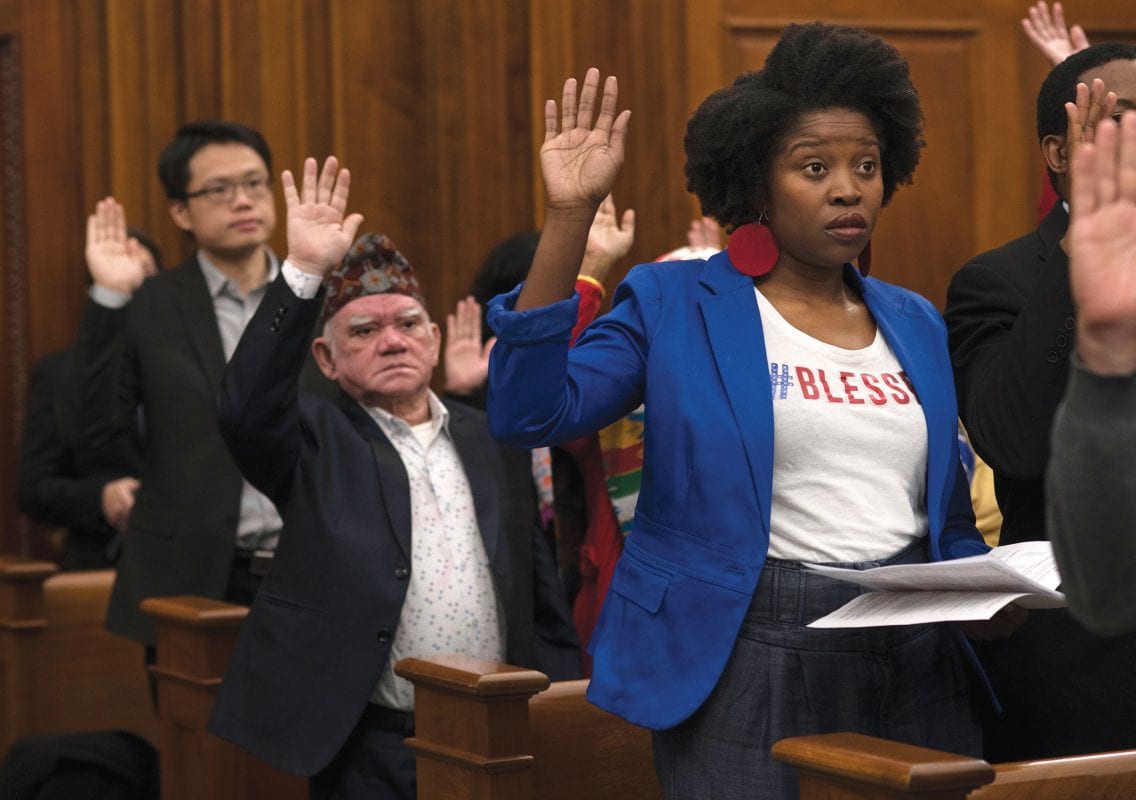
People from more than 25 countries became U.S. citizens during a Naturalization hearing and ceremony at the federal courthouse, in Downtown Pittsburgh, last November. The hearings take place each month.

People from more than 25 countries became U.S. citizens during a Naturalization hearing and ceremony at the federal courthouse, in Downtown Pittsburgh, last November. The hearings take place each month.
By Kimberly Palmiero // Photographs by Martha Rial
At 50, Sawsan Mohammed dreams of graduating from college again.
But for now, she put her hopes on hold so her son could start at the University of Pittsburgh this fall. Since escaping her native Iraq, Mohammed has been determined to see all three of her sons graduate from college.
Her dream to live without fear of war brought the family to Pennsylvania where they live in the south suburbs of Pittsburgh. Here, she learned English and how to use computers. In Iraq, she was a math teacher. And because she felt she could not easily teach here, Mohammed even picked a new career: accounting.
Last fall, she also became a U.S. citizen.
“I spent a lifetime watching wars,” she said, looking down, her voice cracking. “Sometimes, we’d have to go to the basement. If you went out, you’d never know what would happen. I wanted a better life for my children.
“I wanted to be free.”
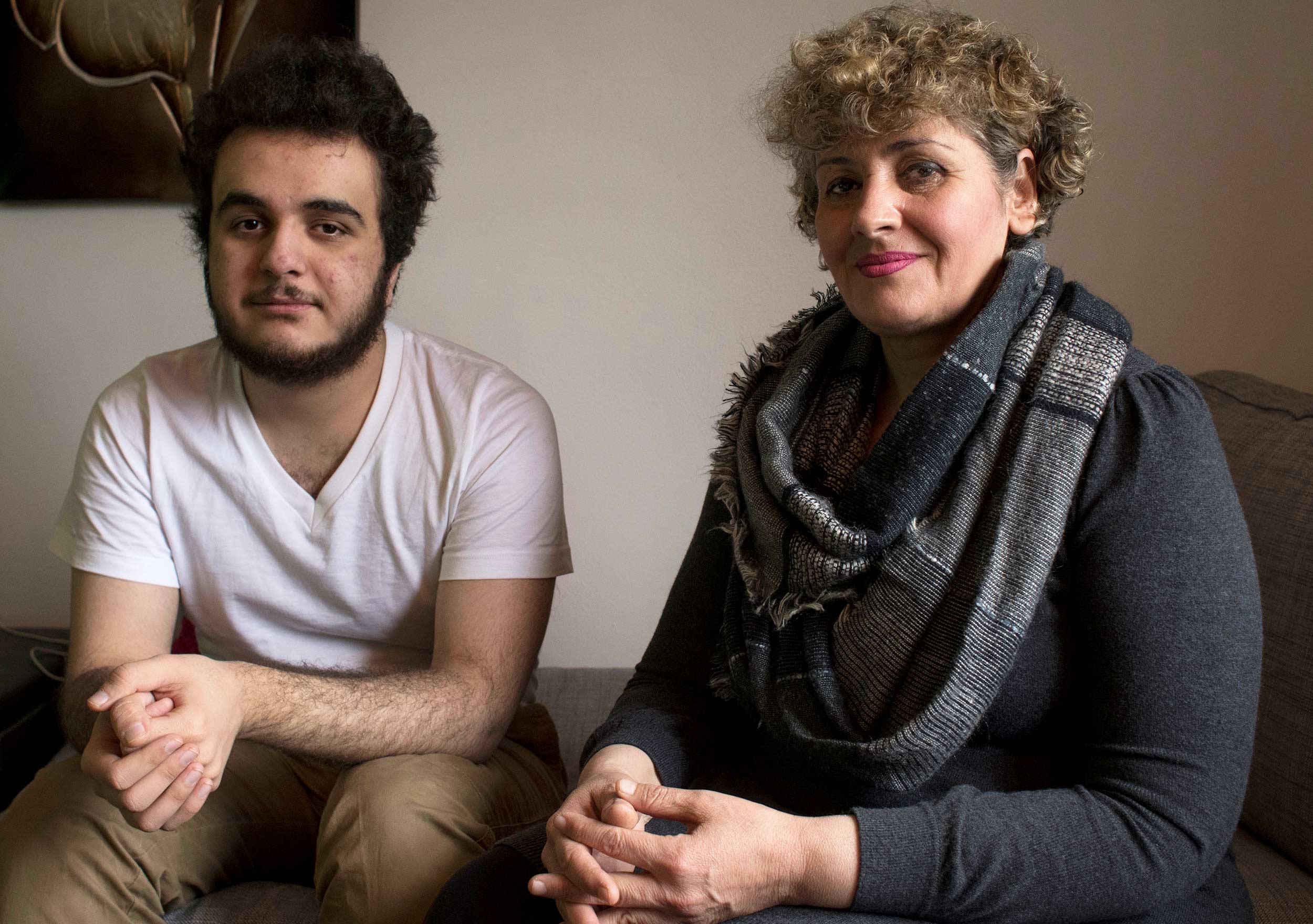
Sawsan Mohammed with her youngest son Dastan Abdulla, a senior in high school, at their home in Pittsburgh suburb Baldwin. Mohammed, originally from Iraq, became a U.S. citizen last year.
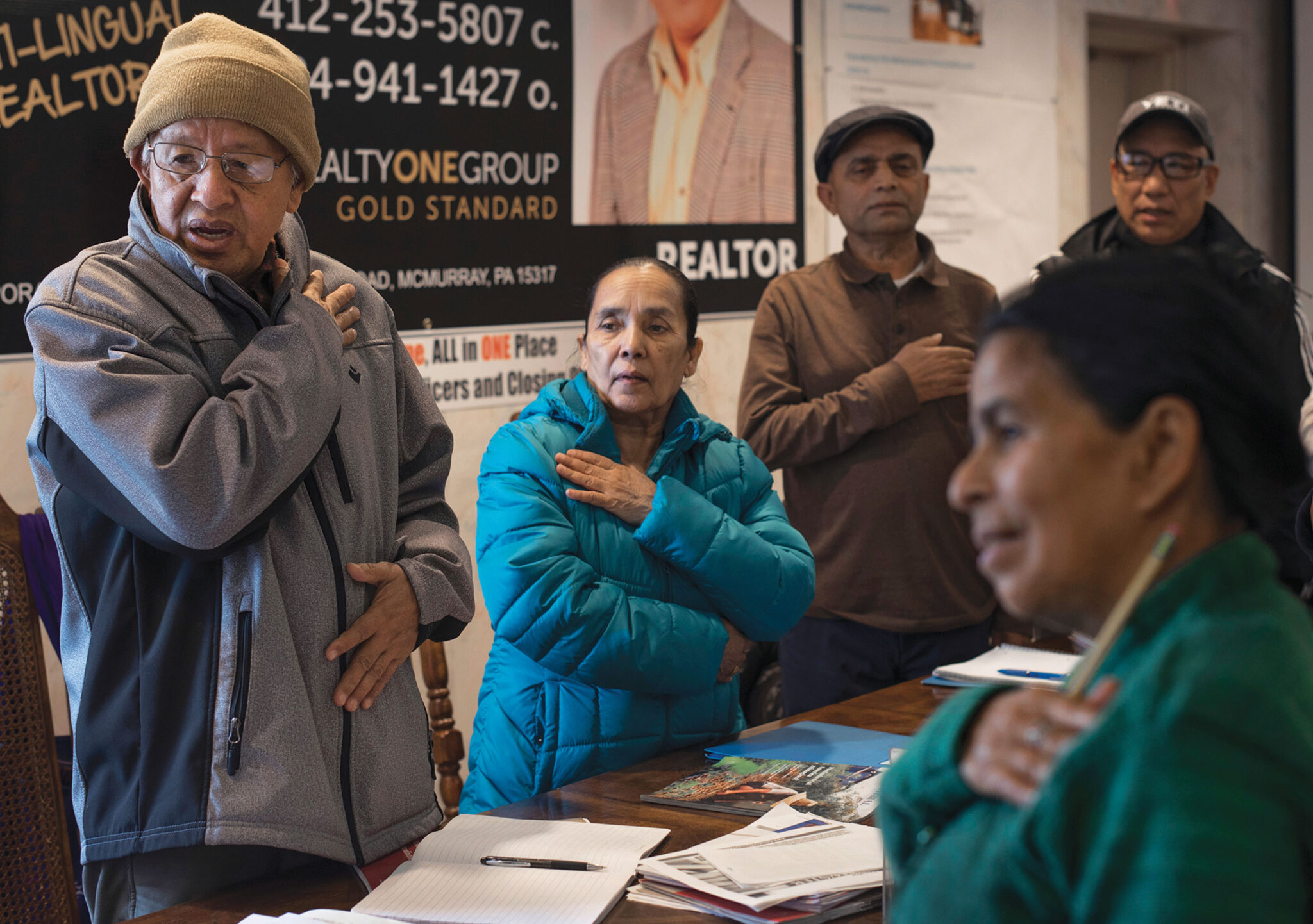
Bhutanese refugees say the Pledge of Allegiance before their English and civic education class begins at the Bhutanese Community Association of Pittsburgh in Brentwood.
A century after immigrants boosted population in American cities that gave rise to the Second Industrial Revolution, refugees such as Sawsan, and also immigrants yearning for a better life, again are lifting sagging regions in the Rust Belt and Appalachia where people have been dying or moving away.
That means some cities that otherwise would have dropped in population instead have gained — leading to an economic and cultural boost that comes as new residents reinvigorate a community.
“People really are the wealth of nations and the wealth of communities, and whatever policies that are established on the local level need to be thought about in those terms,” said Alex Nowrasteh, director of immigration studies at the Cato Institute’s Center for Global Liberty and Prosperity in Washington, D.C. “What will keep people, and will it convince them to stay and that needs to be the overriding concern for every community and every city in the nation.”
About nine Postindustrial areas including Dayton, Chicago, Philadelphia, Detroit, and Milwaukee would have lost population over the last decade had it not been for immigration, according to the Brookings Institution, a nonprofit research group based in Washington, D.C.
“Immigrants don’t just take jobs but they also spend money in local places, they go to the grocery store they rent and buy local property so they boost the supply side and the demand side of the local economy,” Nowrasteh said.
People profiled for this story and their families all adjusted to professions and lives vastly different from what they knew before to graduate from college, open a business, work in retail, a grocery store, and for a home care agency.
More than 13,000 flocked to Dayton, Ohio and surrounding regions.
In the Chicago area, nearly 200,000 people emigrated from other countries.
Detroit would have dropped population had it not been for a swell of about 100,000 people who moved there from other countries in the last 10 years.
Not all fared so well: Pittsburgh, Cleveland, Buffalo, and Toledo are among the postindustrial cities with natural population loss that wasn’t offset by an influx of people.
The population dynamics in the Pittsburgh region could change — if more people from other countries settled here, said Jim Futrell, vice president of market research for the Allegheny Conference on Community Development, a nonprofit based in Pittsburgh.
People settling in southwestern Pennsylvania — 10 counties including Pittsburgh — from other regions remains a bright spot, Futrell said, as a means to boost and reinvigorate the population even as people die, and others, move away.
According to the U.S. Census, the Pittsburgh metro region’s population dropped by nearly 30,000 since 2010, to a little more than 2.3 million in 2018. During that same period, about 29,000 people settled in the region from other countries.
States could soon have a new way to draw more people in: Federal legislation proposed in November would create incentives for more people from abroad to settle here. States could create individual visa programs for specific purposes.
For example, there might be an incentive for entrepreneurs to settle in specific cities or those trained in tech — an approach that could bring new talent to small or mid-sized cities where the population is stagnant or declining. U.S. Rep. John Curtis (R-Utah) is pushing for the measure.
The approach would give states wide latitude in defining who applies under individual programs, suited to each state or region’s needs.
“People really are the wealth of nations and the wealth of communities, and whatever policies that are established on the local level need to be thought about in those terms”
~
Dayton, Ohio is a city that has no advantage of location, economy, or the inherited cultural panache of places like New York and Dallas.
And yet this area of less than 200,000 threw open the doors to immigrants that resulted in people moving there by the thousands in the last decade.
People from more than 100 countries live there, a mix of college-educated transplants and those also lacking a high school diploma, according to Welcome Dayton, an initiative led by the city to draw more people there.
City leaders helped to make it happen. The population dynamics shifted after community leaders came together and in 2010 and considered: What would it take for the city to be truly welcoming?
From that, they produced a detailed document. One aspect was key — they needed to attract immigrants.
Leaders began figuring out what that would look like, through everything from the justice system to the arts. Mayor Nan Whaley was quick to add, though: “it’s not something the mayor alone can do. It has to be a grassroots effort.”
“For Dayton, we really believed the key for our growth is inclusivity,” Whaley said. “Dayton is the welcoming city no matter who you love, what you believe, or where you work.
“So you just keep on working on it.”
More than 13,000 people from other countries flocked to Dayton and surrounding areas from 2010 to 2018, which resulted in a population gain where there would have been a drop.
Leaders there pushed to bring more people from the outside in, Whaley said, with groups coming together in 2010 to create an action plan for how to do so.
“We knew we had to be immigrant-friendly in everything from the justice system to arts and entertainment and then the city committed to an immigrant-friendly coordinator to work across all sectors,” she said.
By 2014, they began to see “secondary” settlement by people who moved to Dayton because they had friends or family there.
“We’ve seen an economic impact in the community and we see the diversity of our communities and the inclusivity of our communities and the different kinds of stores and businesses that immigrants open add to the texture of communities,” Whaley said.
States could soon have a new way to draw more people in: Federal legislation proposed in November would create incentives for more people from abroad to settle here. States could create individual visa programs for specific purposes.
~
Nadia Kasvin arrived in the U.S. in 1993 as a refugee from Crimea and today she helps people resettle in the greater Columbus area.
City leaders and community groups such as Kasvin’s US Together play a crucial role in helping newcomers adjust to life in a strange city — or not.
“Every single newcomer is potentially, new talent,” Kasvin said. “We want to make sure that the talent stays here.”
She cofounded US Together in 2003 and today helps both refugees and immigrants to settle into their new communities. In recent years they’ve assisted about 1,000 families a year.
“We understand that integration is not a one-way street. It’s also for the community to be educated, welcoming, to open their hearts and minds, and to be open to new experiences,” she said.
Cities that reap the most benefits from cultivating communities of immigrants and refugees make sure people know what the city has to offer, she said, and enhance access.
In Pittsburgh, Mayor Bill Peduto wants to make sure that Pittsburgh is a welcoming city.
“Especially in a city where most families can trace their American citizenship back one or two generations, it’s incredibly important to understand not only the importance of immigrants and refugees to a city and metro region, but also that that was once our own family and for (us to understand) the mistakes that have been made in the past of how people were treated,” Peduto said.
“We have the opportunity to set the example for a future in America where the words of the Statue of Liberty have meaning.”
Peduto said the city is trying to be a “front door” for immigrants from all over the world.
One way is to provide resources and a sense that people can interact with local government, so they feel a part of the community, Peduto said.
Feyisola Akintola, special initiatives manager, oversees Welcome Pittsburgh to help increase access to resources and feel part of the community, partly by “removing barriers to prevent immigrant communities from interfacing with city government.”
The city also is training first responders to better understand cultural norms, which in turn increases a sense of safety and instills confidence in local government, something that, Akintola points out, is foreign to newcomers.
“It’s going to take time for community members to see themselves as a member of the city and not just a visitor, not just labeled as an immigrant or refugee; that you are a Pittsburgher and we’re putting things in place to help that,” she said.
Communities can attract more immigrants by doing the same things that bring anyone else to live there: Reform the zoning and land use, better tax policy, and lower government fees.
“Do all the good things that make a place do well economically and thrive are the things you want to do to attract these immigrants to your communities going forward,” Nowrasteh said.
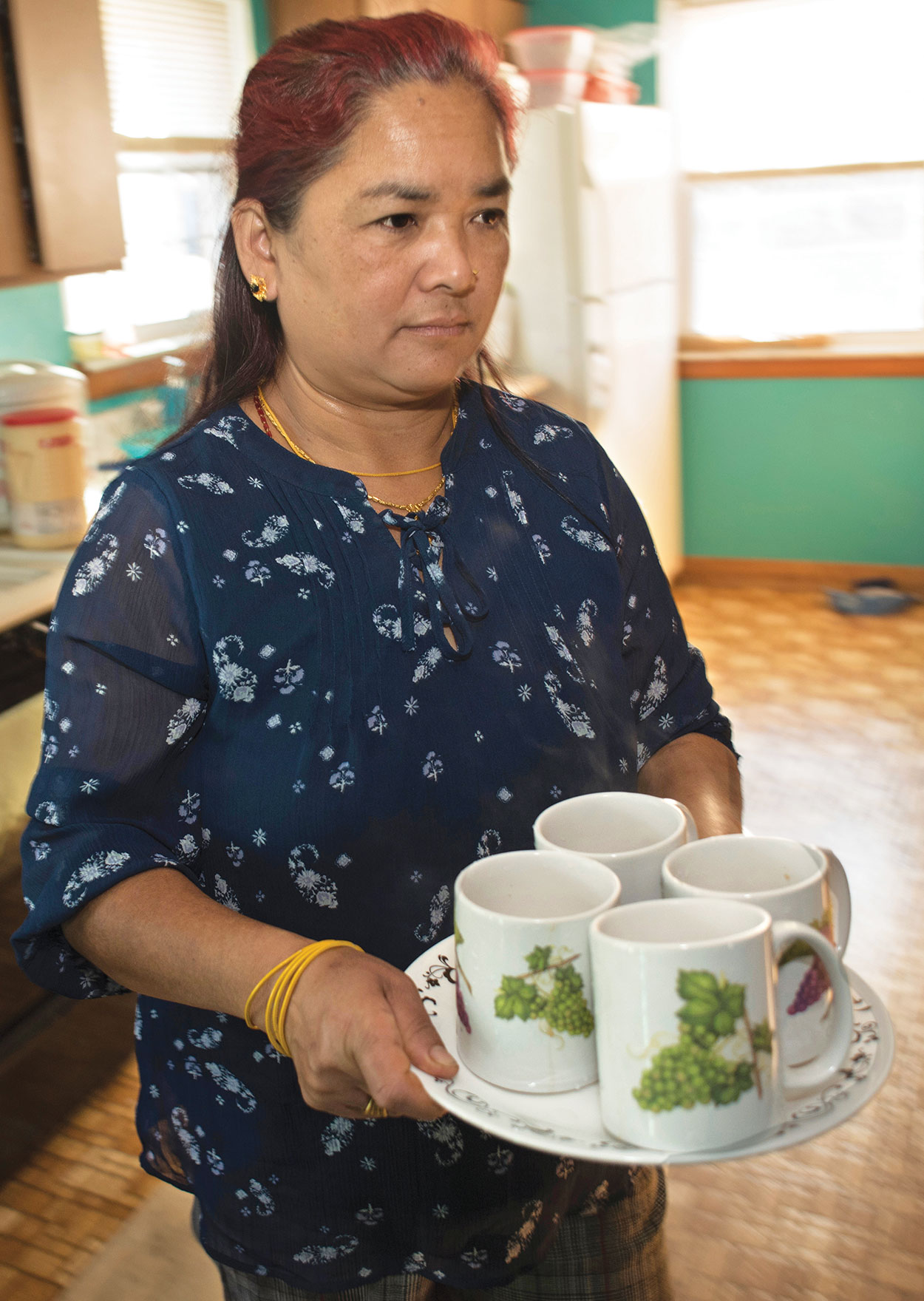
Postindustrial, Boosting older cities through people, by Kimberly Palmiero
Civil war displaced Bishnu Gurung’s family from their farm in Bhutan and she was forced to live in a refugee camp in Nepal for more than two decades.
In 2015, she resettled in the U.S., where she was reunited with her son and daughter, now both grown. She smiled broadly.
“There, we were beggars. Now, we provide for ourselves.”
Bishnu and her husband, Dil, own a home in Pittsburgh’s south suburbs and his parents live with them. Draped around the home outside, Tibetan prayer flags flutter in the wind. The flags symbolize compassion, strength, and wisdom.
Family is never far away. Relatives live nearby, and on a recent day several cousins and nephews walked through a side door and joined the conversation.
Inside, a Buddhist shrine spans one wall of their living room. The family gathers there to pray twice a day. Worshipping the way they wished was a luxury not afforded to them in the refugee camp.
Bishnu and Dil work for Agewell Home Helpers Inc., a home care service provider. She helps care for older people and easily slides into the role because she can cook their favorite meals and speak the language.
She said the family used to walk two or three miles uphill to get to a store, but here, everything is close by.
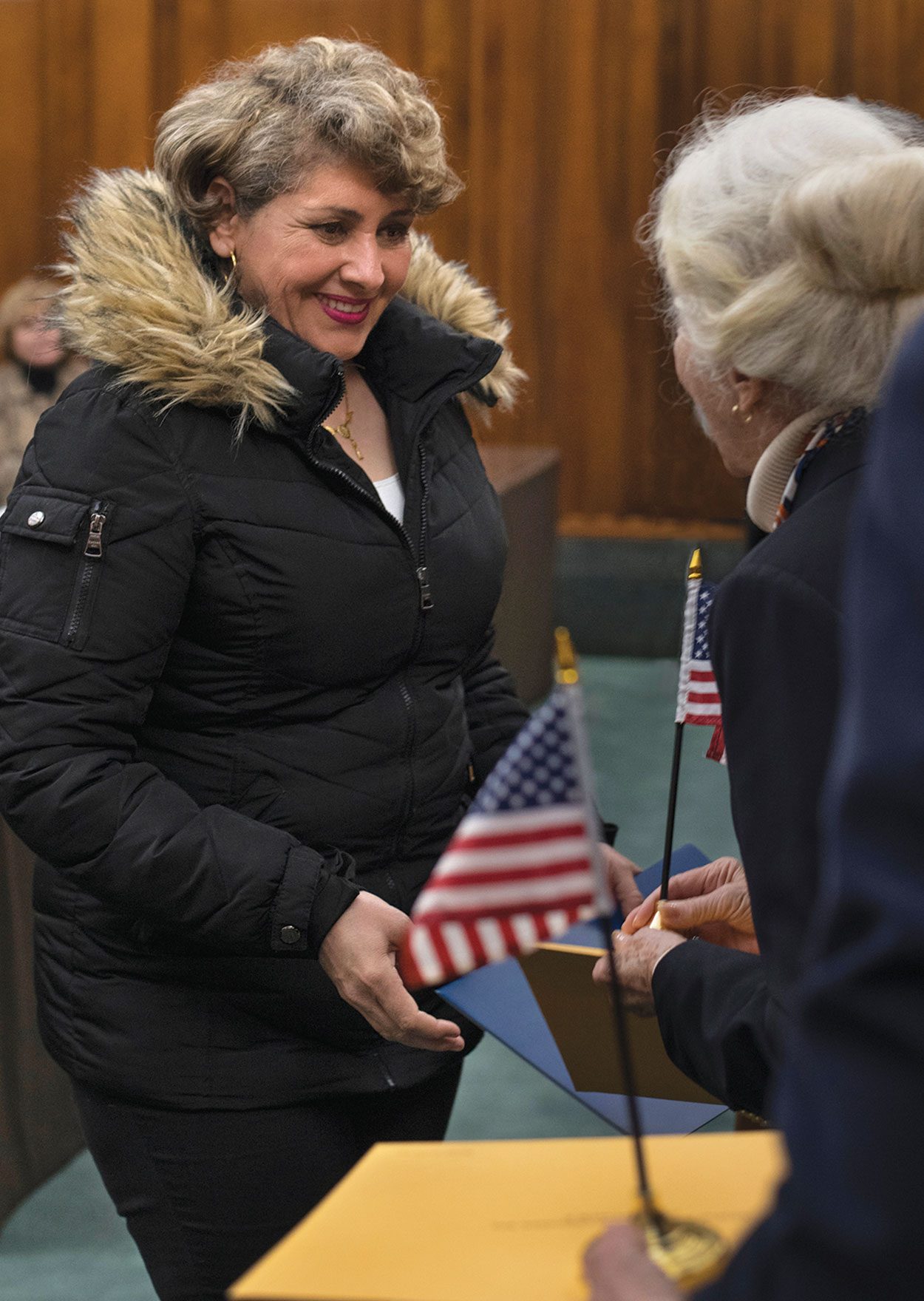
Postindustrial, Boosting older cities through people, by Kimberly Palmiero
Sawsan Mohammed left her extended family in Iraq behind to build a new life in the U.S. where she would not have to fear for her safety.
“My family, they have nice homes, nice cars,” she said. “But they are not free.”
She became a U.S. citizen on Nov. 15 at the federal courthouse in Downtown Pittsburgh.
“I am so proud, so happy,” Mohammed said, holding a small U.S. flag, in a wood-paneled courtroom.
All new citizens received a flag that day as a symbol of their status at a naturalization ceremony, where monthly, people from all over the world who made a home in Pittsburgh become new Americans.
On this day people from about 25 countries were represented: Ukraine, Iran, Iraq, Nepal, Canada, Brazil, Japan, and more.
Mohammed, from Kirkuk in Iraq, speaks with tears in her eyes as she remembers, as a child, the start of the Iran-Iraq War in 1980. It felt like war would never end, she said.
A decade later, the Persian Gulf war began. Operation Desert Storm followed.
For 24 years Mohammed taught math. But she fled along with her husband, Taho Ali, and two sons for the U.S. Her extended family remains in Iraq.
They are Kurds, an ethnic minority targeted throughout the Middle East. She feared for her family after her brother-in-law worked with U.S forces as an interpreter and her husband’s life was threatened. Her husband emigrated to Turkey, then to the U.S. in 2010.
In 2014, Mohammed and the boys were finally able to come to the U.S. and the family was reunited.
“I left everything, my family, my life, my work, and my country for security and safety,” she said.
Sawsan knew “no English” she said, and threw herself into English as a Second Language (ESL) classes. The boys began attending public school.
Today, the family lives in a tidy townhouse in Pittsburgh’s south suburbs. Sawsan wants to get her bachelor’s degree withdrew from college last fall because it was too expensive to bear the cost of both she and her son going to college.
Sawsan learned how to use computers and attended Community College of Allegheny County, graduating with an associate’s degree in accounting.
The couple’s youngerson, Dastan Abdulla, is a high school senior who plans to attend the University of Pittsburgh in the fall. He’s interested in studying robotics.
“I love it here,” she said, before leaving to celebrate with her family on naturalization day. “Here, we are free.”
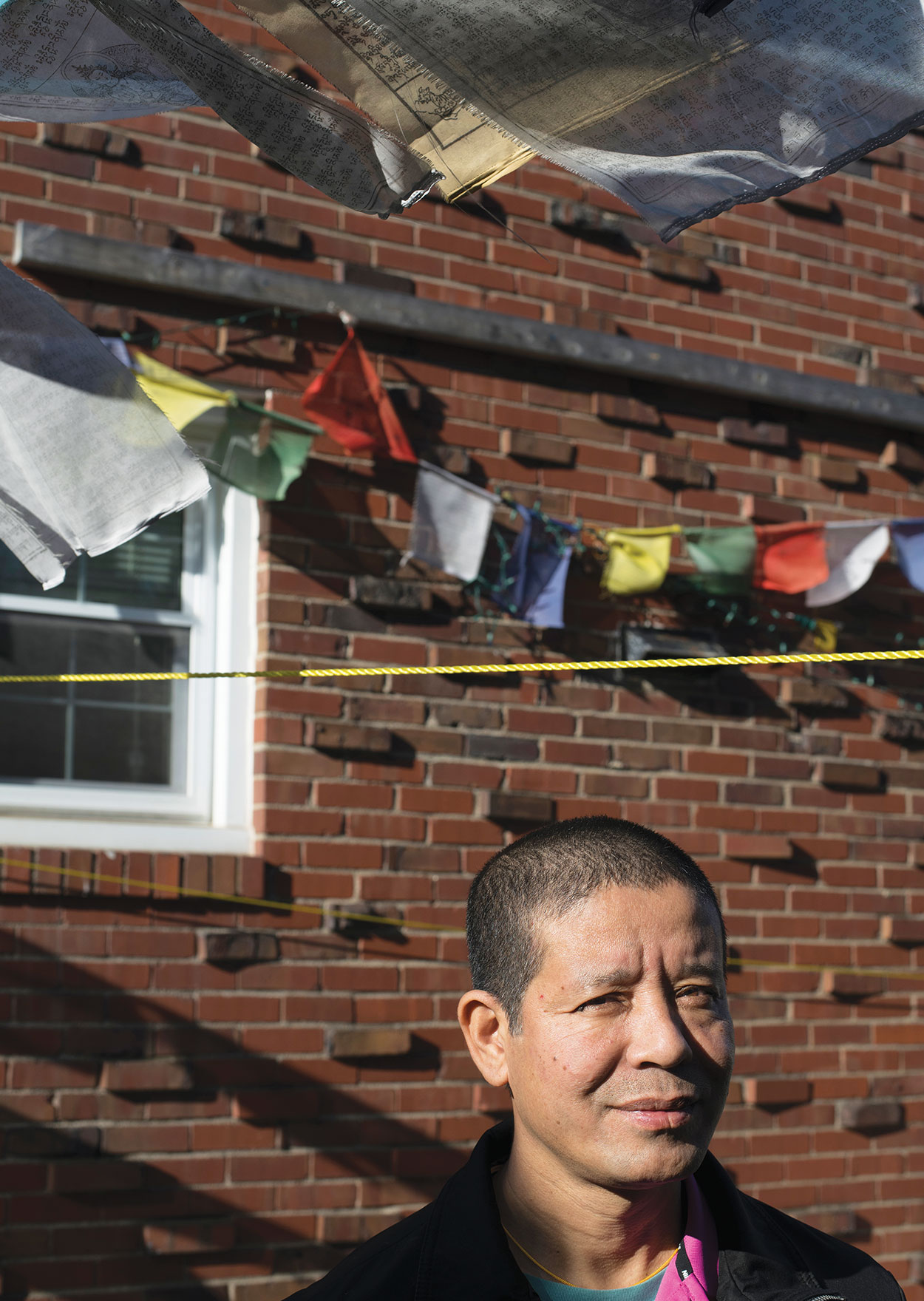
Postindustrial, Boosting older cities through people, by Kimberly Palmiero
Ravi Gurung was separated from his family for more than a decade in a refugee camp in eastern Nepal, but the family reunited in the U.S.
“The first thing we do is, we get a job. Then we buy a house, because we have been homeless for so long,” Gurung said. “Then we take care of our family. We make sure our children get an education. Education is very important.
“(Our family) was hard-working. They started their life there and all of a sudden, one day, it is not your place. Just like that. It is good that America has accepted people like us and given the opportunity to start life again. And for that reason, everybody is very thankful.”
He owns a home near Dil, his cousin. Most days, he walks over to visit. He also opened a business where they now work: Agewell Home Helpers, which has more than 60 employees, Ravi said.
The business, by extension, supports the community by offering care to those who are physically infirm, mostly Bhutanese, he said.
The family lived close by in their native Bhutan and Ravi said they prayed for better times. Gradually, members of the family were able to come to the U.S.
Now, they want to create a Buddist temple.
“We had nowhere to pray in the camps,” Ravi said. “We are meeting regularly discussing this issue and we are debating whether to have a transitional place where we can start and then move to a better place.
“But we will open one, because we feel here we can do anything.
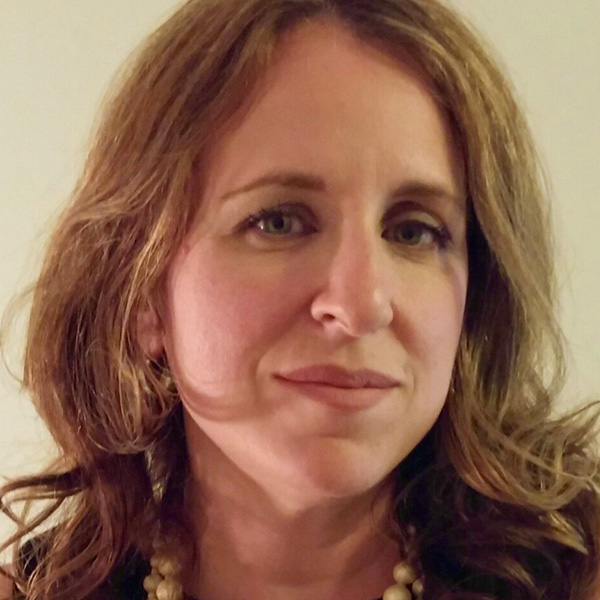
Kimberly Palmiero is CEO and Editor-in-Chief of Postindustrial. She also is a senior editor for iGeneration Youth and immediate past president of the nonprofit Press Club of Western Pennsylvania. A small business owner, she also was a managing editor for Trib Total Media. She is based in Pittsburgh.